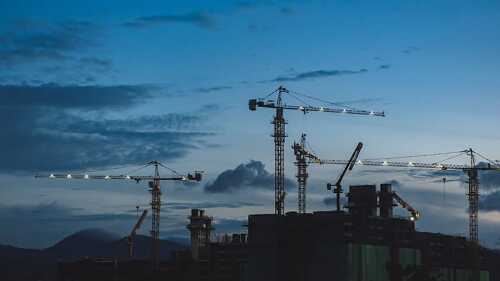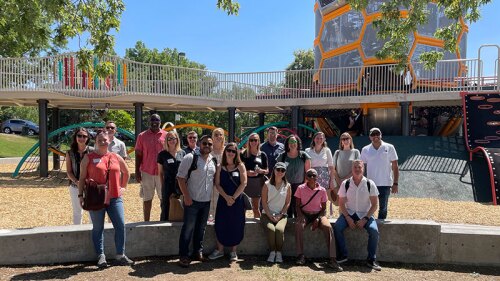Efforts to increase buildings’ energy efficiency have moved beyond the “low-hanging fruit” stage, said industry leaders who convened at the 2013 Building Energy Summit held on March 26, 2013, in Washington, D.C. While progress has been made on many fronts, advocates still face challenges in convincing building owners and developers to invest in sustainability.
ULI’s Greenprint Center for Building Performance is a “big part of the conversation,” said Charles B. Leitner III, the chairman of the Greenprint Foundation. The Greenprint Center was created by a global alliance of leading real estate investors to spearhead the industry’s drive to reduce greenhouse gas emissions while creating value in property portfolios.
“Standardization is necessary to demonstrate over time that there is a worthwhile correlation between environmental performance and financial performance,” Leitner said. “We need to get away from short-term payback analysis, and instead transform the industry to focus on building value—a building that can be leased, sold, and occupied.
Next Steps in Green Building |
- Much of the easy gains have already been accomplished, requiring new ways of thinking. |
“Our rush to explain that a green building gets higher rents can be counterproductive,” he added. “Making money in real estate is not about waiting for cap rates to come down, but by doing things to make your building more valuable over the long term.”
Another approach toward the same goal was offered by the U.S. Department of Energy’s Kathleen Hogan, who said DOE is working on developing an asset rating system that could be included in building appraisal guidelines—moving away from energy performance measures to focus more on the value that sustainability confers upon buildings.
Kevin Kampschroer of the U.S. General Services Administration (GSA) agreed, saying: “At GSA, we are thinking more about the long-term preservation of asset value. The 1970s model of building it cheap and throwing it away 20 years later does not work anymore.” Having already harvested the “low-hanging fruit” in improving the energy efficiency of its portfolio, the GSA is moving into new territory. “It is now technically possible to reduce lighting energy cost by 80 percent, but you have to completely rethink it,” he remarked.
“The future will include examining human behavior, which is not always rational,” he went on. “For example, we can change the default features on systems. Instead of having occupancy sensors, we should have vacancy sensors. Lights should not go on automatically when one person enters a daylit room. While it’s important to have real-time information, we also can benefit from old-fashioned data, such as a survey showing that nearly all building occupants think the building is too cold in the summer.”
Along with the GSA, the U.S. Green Building Council (USGBC) is taking a fresh look at building energy efficiency measurement and valuation, said Rick Fedrizzi, the USGBC’s president and CEO. “We are listening to our customers and moving from prescriptive design to a life-cycle approach to materials and an increased focus on measurement and performance,” he said. “LEED version 4 will change everything you thought you knew about LEED. It has always been about market transformation; we will be raising the level enough to make people want to strive to achieve the new level.”
According to Fedrizzi, part of the new frontier for the green building movement will be a renewed emphasis on human health within buildings. “We are just scratching the surface of this issue,” he said. “We are learning, for example, that sitting is the new smoking, and as a result we are working on solutions such as ‘active design.’ ”
In its 20 years of operation, the USGBC and its LEED rating system have made great strides toward improving the energy efficiency of the U.S. building stock, while spawning sister organizations in 135 countries. The world now has 2.3 billion square feet (213.6 million sq m) of LEED-certified space, Fedrizzi pointed out, with 1.9 million square feet (176,515 sq m) per day being certified.
New LEED-certified buildings have shown an 8 percent median operational cost savings in one year, and 15 percent over five years, he noted, while LEED-certified green building retrofits have shown a 9 percent operational cost savings over one year and 13 percent over five years. Furthermore, LEED certification adds 5 to 7 percent to the value of buildings.
While sophisticated benchmarking and measurement systems are critical to “greening” the world’s building stock, panelists commented, so are the basics—from more sustainable “swag” at broker events to making sure the lights are actually turned off at night and unplugging a rarely used pencil sharpener.




